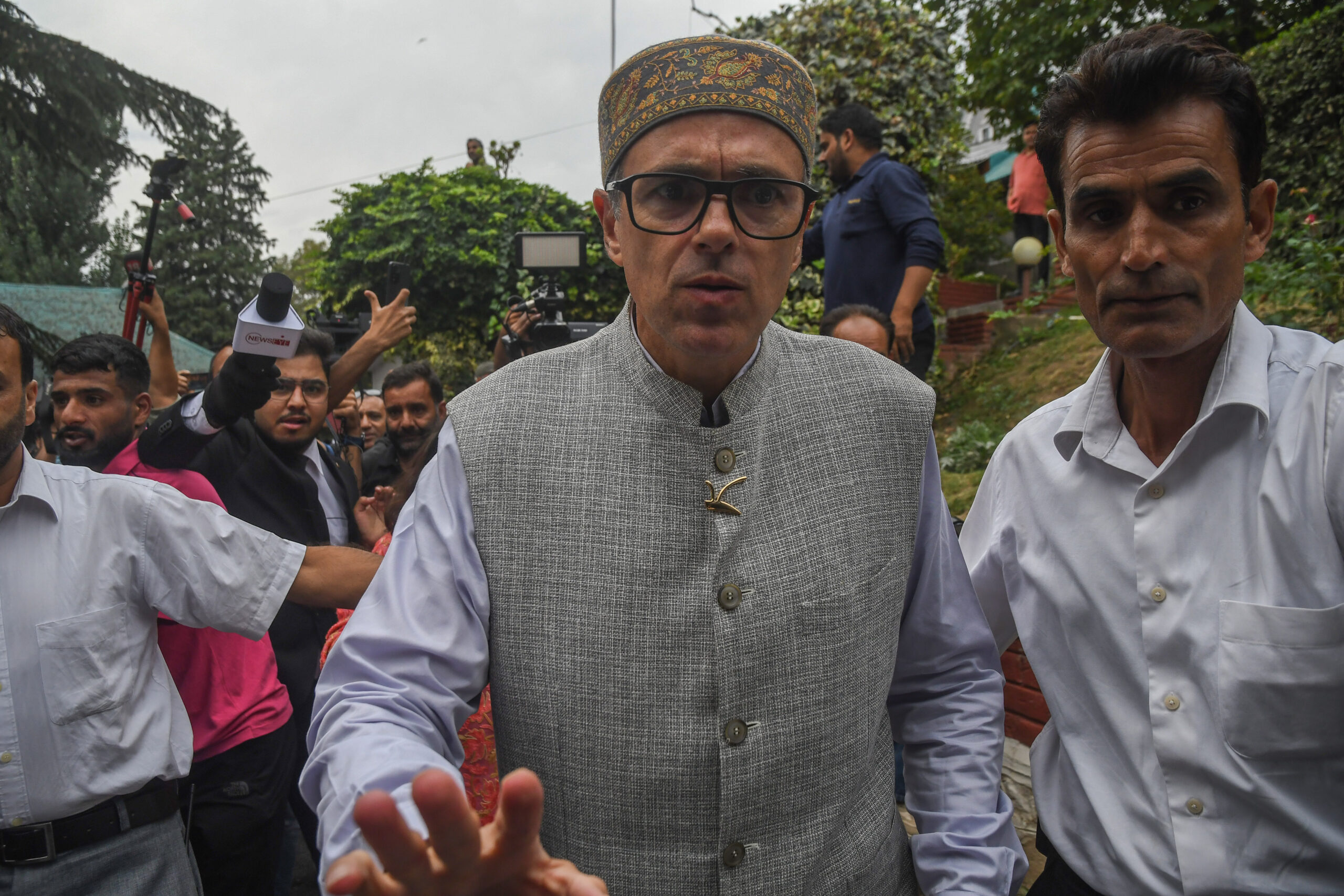A Year After the Oath: Hopes Deferred in Jammu & Kashmir
Exactly a year ago, a new chapter was supposed to unfold in Jammu & Kashmir.
On a crisp autumn morning, Omar Abdullah—scion of one of Kashmir’s most prominent political families and vice president of the National Conference—took oath as Chief Minister.
His return was not just a personal comeback. It was projected as the beginning of a political renewal—a chance to reclaim dignity, identity, and development after years of administrative rule and uncertainty that followed the abrogation of Article 370 in August 2019.
But today, as the NC-led government marks its first anniversary, the optimism that once echoed in town halls, rallies, and drawing rooms across the Valley has given way to growing discontent. From power cuts to policy paralysis, a narrative of unmet promises is taking shape.
The 2024 Manifesto: A Blueprint of Hope
In the run-up to the 2024 elections, the National Conference unveiled its manifesto titled “Dignity, Identity and Development”—a carefully worded document aimed at healing old wounds and rekindling public trust.
At its core were 12 major guarantees:
-
Restoration of J&K’s political and legal status as it existed on August 4, 2019.
-
A comprehensive youth employment package.
-
200 units of free electricity per household.
-
12 free LPG cylinders annually per family.
-
₹5,000 monthly stipend for poor women.
-
Free education for girls up to university level and boys up to college level.
-
₹5 lakh medical insurance for terminal illnesses.
-
Crackdown on drug abuse.
-
Tourism expansion in Pir Panjal and Chenab regions.
-
Development of industrial parks and SEZs.
-
Agriculture and horticulture upliftment.
-
Urban decongestion in Srinagar and Jammu.
These were not just policy promises—they were emotional commitments to a people long frustrated with broken pledges and shrinking democratic space.
Yet, 12 months later, independent fact-checks, interviews with civil society, bureaucratic data, and media reports paint a picture of ambitious announcements with minimal execution.


